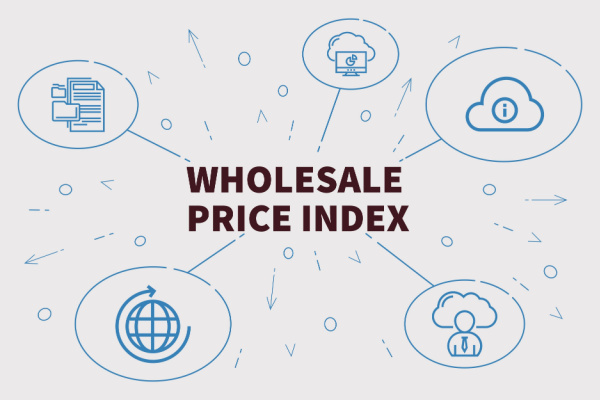Wholesale Price Index

The Wholesale Price Index (WPI) is an economic indicator that measures the average change in the selling prices received by domestic producers for their output over time. It reflects the price movements of goods at the wholesale or producer level before they reach the final consumer. The WPI is used to analyze inflationary trends in the early stages of the production and distribution chain.
Here are key features and aspects of the Wholesale Price Index:
-
Composition:
- WPI includes a basket of goods that covers a broad range of products, including raw materials, intermediate goods, and finished goods. The basket is designed to represent the overall structure of production and supply in the economy.
-
Calculation:
- The WPI is calculated by comparing the current cost of the basket of goods to the cost in a selected base year. The index is expressed as a percentage change, indicating how much prices have increased or decreased over time.
-
Components:
- WPI is typically divided into three main groups based on the stage of processing:
- Primary Articles: Includes raw materials like food, non-food articles, and minerals.
- Fuel and Power: Covers items like coal, electricity, and mineral oils.
- Manufactured Products: Encompasses finished goods and intermediate goods produced by industries.
-
Frequency of Publication:
- WPI data is often published on a monthly basis by national statistical agencies or central banks. The frequent updates allow for timely analysis of inflationary trends.
-
Use as an Economic Indicator:
- WPI is considered an early indicator of inflation because it reflects price changes at the wholesale level. Increases in wholesale prices may eventually lead to higher retail prices, impacting consumer inflation.
-
Inflationary Pressures:
- A rising WPI can indicate inflationary pressures in the production and distribution chain. It may affect businesses' production costs and influence decisions related to pricing and profitability.
-
Government and Policy Impact:
- Governments and policymakers use WPI data to assess overall inflation trends, make informed decisions about economic policies, and formulate strategies to manage inflationary pressures.
-
Geographic Scope:
- WPI can be calculated for specific sectors, industries, or the overall economy. Different indices may be developed for manufacturing, mining, agriculture, and other sectors.
-
Comparison with Consumer Price Index (CPI):
- WPI is often compared with the Consumer Price Index (CPI). While WPI measures changes in wholesale prices, CPI reflects changes in the prices paid by consumers for a basket of goods and services.
-
Limitations:
- WPI has limitations, including its focus on the wholesale level and its potential to not fully capture the impact of retail price changes on consumers. Additionally, it may not account for changes in quality and product composition.
In summary, the Wholesale Price Index provides valuable insights into inflationary trends at the wholesale or producer level, serving as a crucial economic indicator for policymakers, businesses, and analysts.
Thank you.
